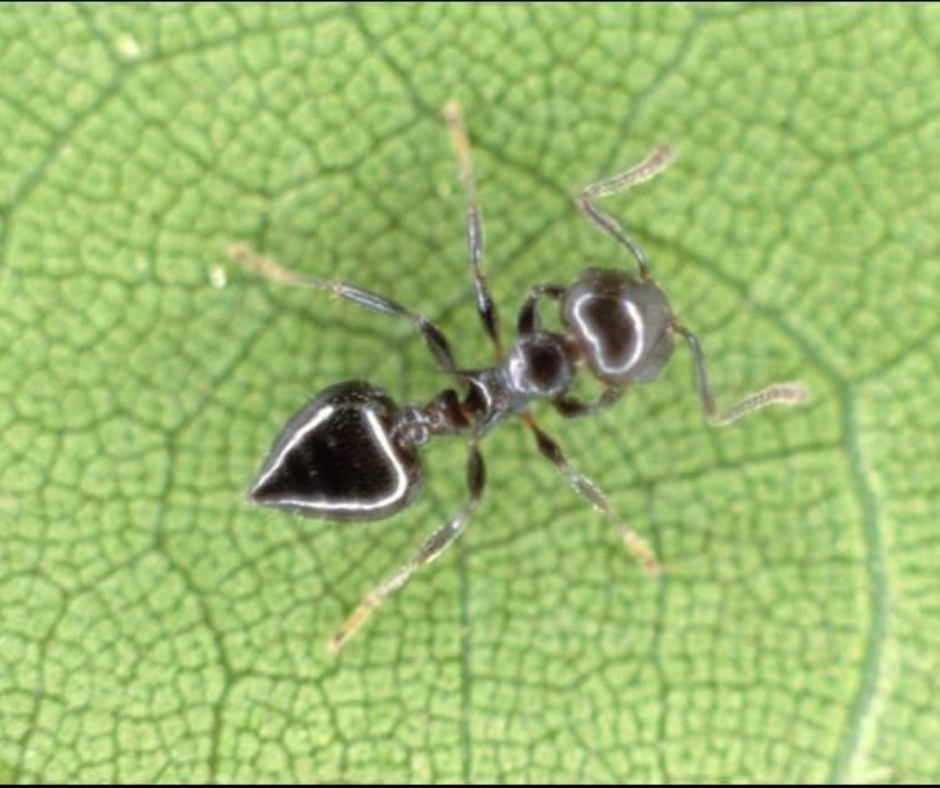Acrobat Ant
Crematohaster spp.
Acrobat Ant Stats
Color: Varies from light brown to black
Size: Workers are typically 2.5 - 3 mm in length
Shape: Heart-shaped abdomen when viewed from above
What is an Acrobat Ant?
Acrobat ants are found all over the world. They like to live in forests and wooded areas but can also be found in urban settings. They have adapted well to living near humans and often make their way into homes and buildings. These ants are known for their aggressive nature and will defend their nests if disturbed.

Where do Acrobat Ants live?
Acrobat ants live in different places. They like to build their nests in moist wood, under stones, inside rotting logs, and in gaps inside buildings. Inside homes, you might find them in crawl spaces, wall voids, and insulation.
What do acrobat ants eat?
Acrobat ants eat a variety of foods. They love honeydew, which they get from aphids and other insects. They also enjoy eating sweets and proteins. So, you might find them going after sugary foods in your kitchen or hunting for other insects to eat.
How do acrobat ants behave?
Acrobat ants are pretty aggressive, especially when their nest is disturbed. They don't like being bothered and can get quite defensive. When they look for food, the worker ants forage in trails, and they can travel long distances from their nest to find what they need.
How do acrobat ants reproduce?
The queen acrobat ant is the one that lays all the eggs. The size of the colony can be quite large, ranging from a few hundred to several thousand ants. This helps them grow their numbers quickly.
How can you control acrobat ants?
To control acrobat ants, you should first inspect your home and get rid of any moisture sources and decaying wood where they might be nesting. Next, make sure to seal up any entry points around your home to keep them out. Finally, using baits and non-repellent insecticides can help eliminate the colonies.
How do acrobat ants impact humans?
Acrobat ants can be a bit of a problem for humans. They can cause minor structural damage by nesting in wood and are known to strip the insulation from electrical wires, which can cause short circuits. They can also be a nuisance by coming indoors to forage for food and water.
Explore More Ants
Our Pest Control Service Areas
Let us help you eliminate these pests!
We treat your home or office as if it were our own!



